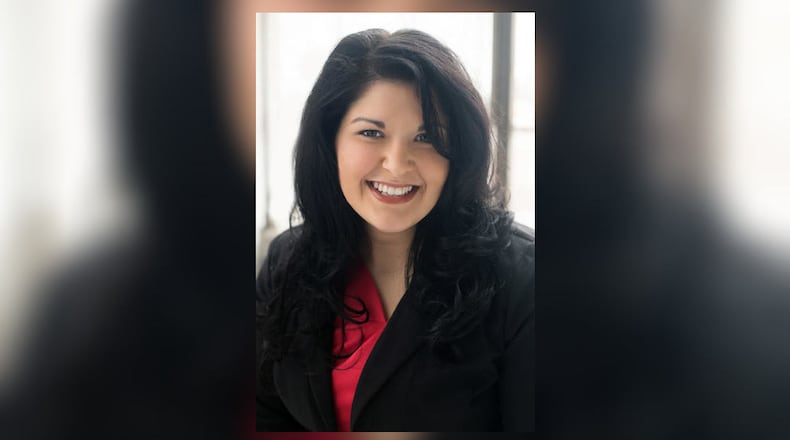In the most recent wave of education issues, Critical Race Theory (CRT) has dominated the discussion. Proponents of CRT – an “evolving and malleable practice,” which recognizes “the legacy of slavery, segregation, and the imposition of second-class citizenship on Black Americans and other people of color continue to permeate the social fabric of this nation,” – seek a “radical reordering of society,” because the system itself is intrinsically designed to perpetuate racial inequality.
Few would genuinely argue that racism doesn’t exist or that a policy cannot have a discriminatory impact based on some characteristic, be it race, sex, or another trait. This reality and the historical background of slavery around the world certainly have their place in history books. But to teach children the tenets of CRT – that racism is a normal feature of society, woven into public policy and structurally embedded in our institutions – teaches them a farce and mocks nearly 70 years of jurisprudence, which has continuously reaffirmed principles of equality. In fact, laws expressly prohibit discrimination on the basis of race, national origin, and other protected characteristics. Chief Justice Roberts summarized: “The way to stop discrimination on the basis of race is to stop discriminating on the basis of race.” Sounds simple enough, yet CRT brazenly embraces precisely the opposite by promoting a race-centric and race-obsessed culture that departs from centuries-old educational principles.
This latest DEI initiative bulldozing its way into the classroom is detrimental to the wellbeing of our children and erodes the founding purpose of public education. The democratic public school was intended to prepare generations of children for engaged and responsible citizenship. E.D. Hirsch, Jr., prominent literary critic and advocate for educational equality, described the founding purpose of public education: “The center of its emphasis was to be common knowledge, virtue, skill, and an allegiance to the larger community shared by all children no matter what their origin.”
Instead of drawing on shared community, CRT divides children. It promotes a segregation-based worldview by embracing the idea that racism is “normal” and intricately woven into institutions and ignores the concept of individual freedom and personal responsibility. At its core, CRT dehumanizes and reduces children to identifiable categories merely reacting to conditions beyond their control without acknowledging their unique personalities, values, ability to reason, or their natural ability to self-govern their actions and behaviors.
As the spouse of a public schoolteacher and mom of five public schoolchildren, I firmly believe educators should focus on my child’s math, literacy, and ability to reason, instead of his skin color, nationality, or “lived experience” as a minority. Before allowing CRT to permeate our schools, one must ask, to what end? If the goal is a radical reordering, what will this new order teach? What is its purpose?
Nadia (Klarr) Lampton is an attorney, OSBA-certified Labor & Employment Law specialist, and a SuperLawyers Rising Star for 2019-2021. She received her J.D., cum laude, from the University of Dayton School of Law, and her B.A. in Political Science and Rhetoric from Hillsdale College.
About the Author
